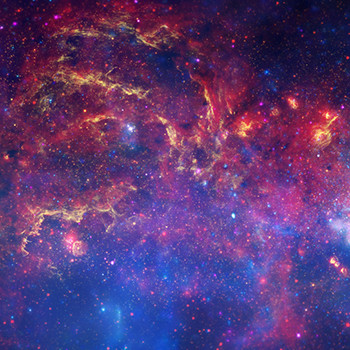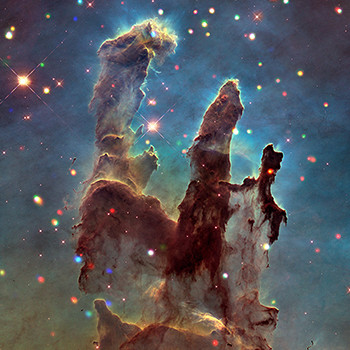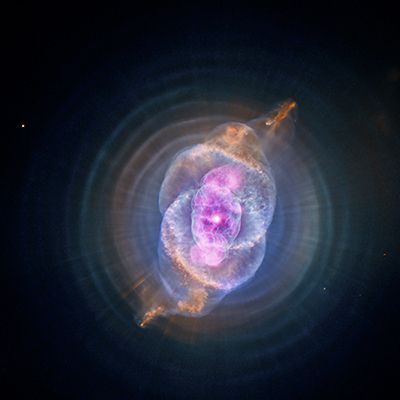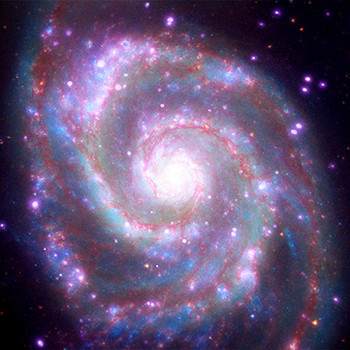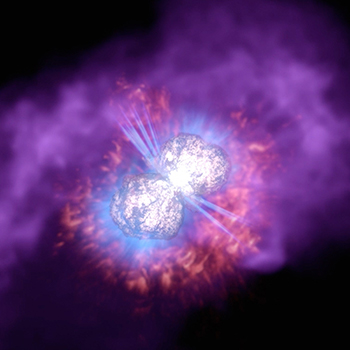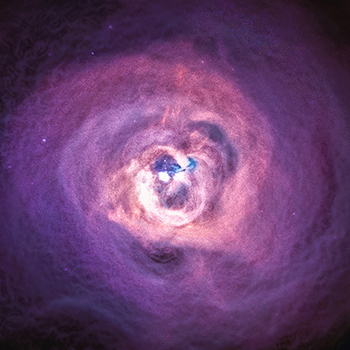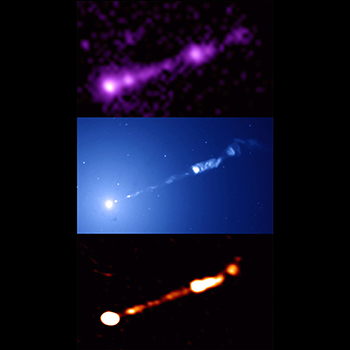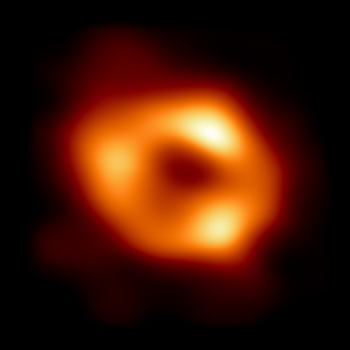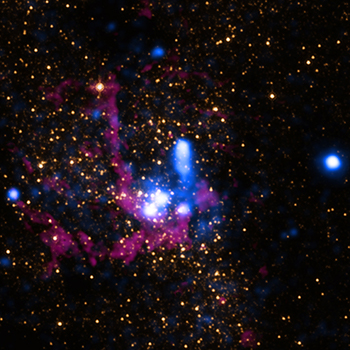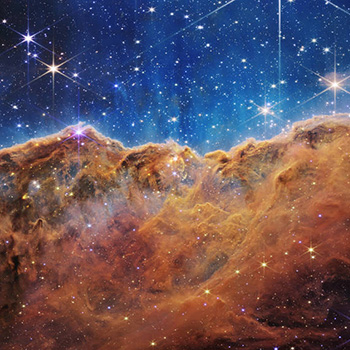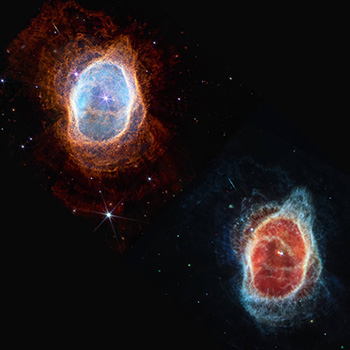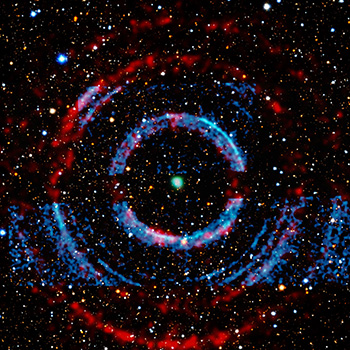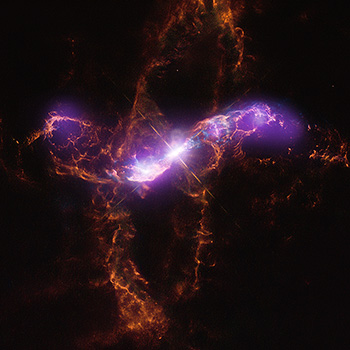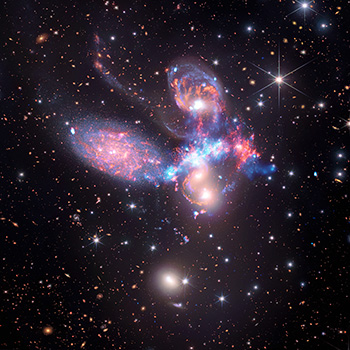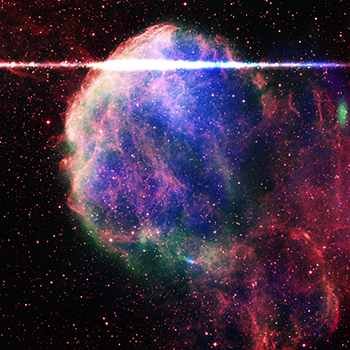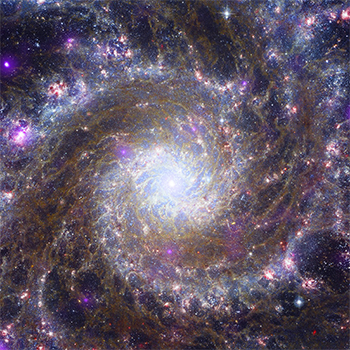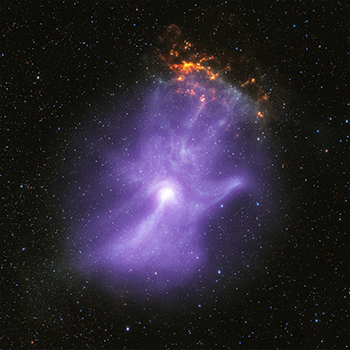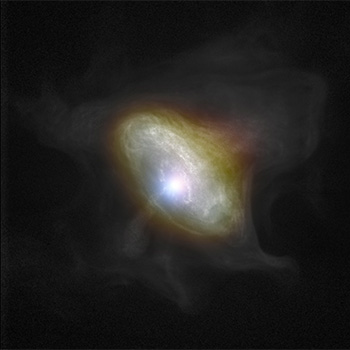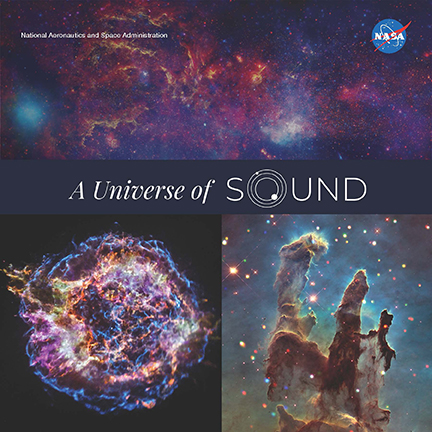
PLAY SONIFICATIONS (on YouTube)
Much of our Universe is too distant for anyone to visit in person, but we can still explore it. Telescopes give us a chance to understand what objects in our Universe are like in different types of light. By translating the inherently digital data (in the form of ones and zeroes) captured by telescopes in space into images, astronomers can create visual representations of what would otherwise be invisible to us.
But what about experiencing these data with other senses, like hearing? Sonification is the process that translates data into sound. Our new project brings parts of our Milky Way galaxy, and of the greater Universe beyond it, to listeners for the first time.
Learn more about the Sonification Project | Try sonification yourself | Play NASA data
What is this project?
In 2020, experts at the Chandra X-ray Center and System Sounds began the first ongoing, sustained program at NASA to “sonify” (turn into sound) astronomical data. The project was a rapid response to the coronavirus pandemic which had disrupted our 3D modeling/printing project with members of the blind and low vision community. Sonifications, being completely digital, were another way to work with our community partners during a time of physical isolation.
Who is involved?
The project at the CXC is led by Dr. Kimberly Arcand, Chandra Visualization Scientist, and Dr. Matt Russo (astrophysicist/musician) and Andrew Santaguida (musician/sound engineer) at System Sounds. Consultant Christine Malec, an accessibility expert, podcaster and member of the blind community also joined the project.
How do you make sonifications?
We take actual observational data from telescopes like NASA’s Chandra X-ray Observatory, Hubble Space Telescope or James Webb Space Telescope and translate it into corresponding frequencies that can be heard by the human ear.
Are all of the sonifications the same?
No, each sonification is different in that we use different techniques based on the object and the data available. Read each caption to find out what process was done. Each sonification is created to best portray the scientific data in a way that makes the most sense for the specific data, keeping it accurately represented and telling the story, while also providing a new way of meaning-making through sound.
What have been the results of the project? Has it been successful?
Success can be measured in many ways, however from user testing of the sonifications with different audiences (from students to adults, and particularly blind or low vision participants), the response has been highly positive. Arcand ran a research study on sonifications with blind and sighted users, the results of which demonstrated high learning gains, enjoyment and wanting to know or learn more as well as strong emotional responses to the data. Statistically, blind and low vision users showed slightly higher levels of engagement than sighted users, while sighted users demonstrated that they also learned about how others (e.g. blind and low vision users) accessed data more generally.

